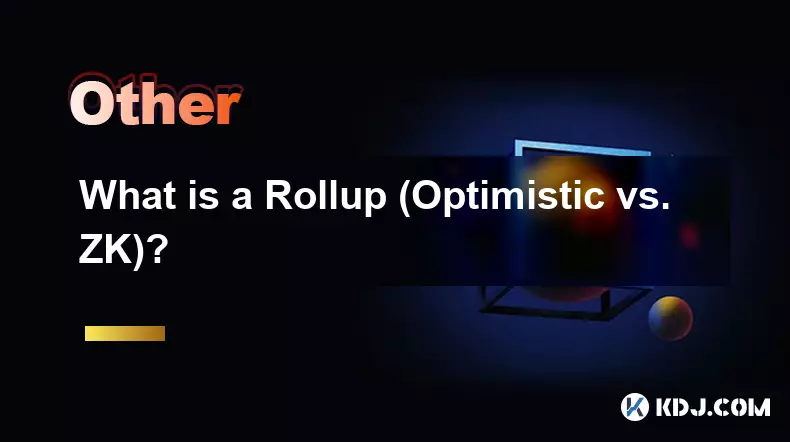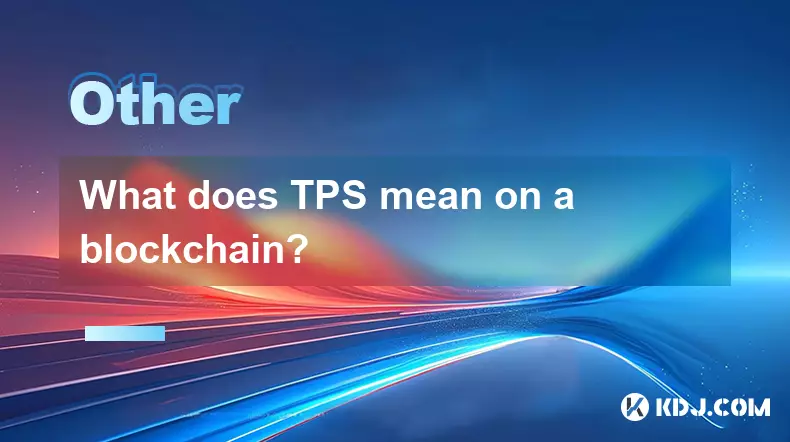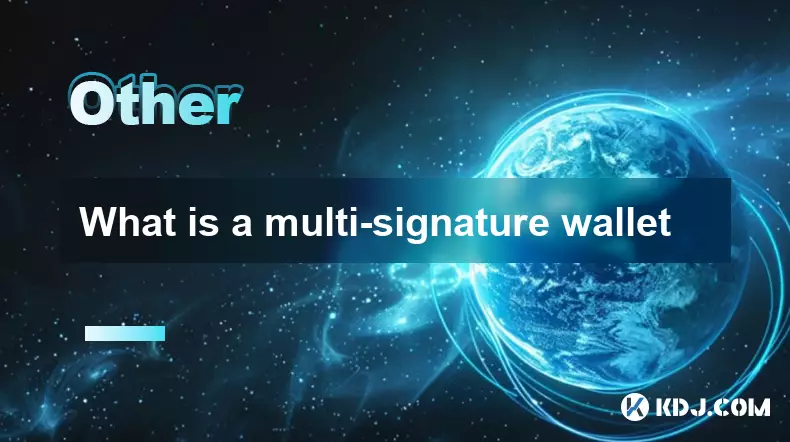-
 bitcoin
bitcoin $120167.907534 USD
1.27% -
 ethereum
ethereum $4468.611945 USD
2.53% -
 xrp
xrp $3.013607 USD
1.80% -
 tether
tether $1.000549 USD
-0.01% -
 bnb
bnb $1092.592149 USD
6.28% -
 solana
solana $231.391244 USD
4.59% -
 usd-coin
usd-coin $0.999699 USD
-0.04% -
 dogecoin
dogecoin $0.259020 USD
4.30% -
 tron
tron $0.342747 USD
0.34% -
 cardano
cardano $0.860977 USD
1.07% -
 hyperliquid
hyperliquid $50.155412 USD
5.34% -
 chainlink
chainlink $22.637678 USD
0.46% -
 ethena-usde
ethena-usde $1.000528 USD
-0.07% -
 avalanche
avalanche $30.613779 USD
-0.07% -
 stellar
stellar $0.403905 USD
0.94%
how to design a blockchain
To design a blockchain effectively, it's crucial to define its purpose, select an appropriate consensus mechanism, and architect its structure with data structures, communication protocols, and security measures.
Oct 19, 2024 at 09:36 am

How to Design a Blockchain
1. Define the Purpose and Scope of the Blockchain
The first step is to define the purpose and scope of the blockchain. What will the blockchain be used for? What are the specific requirements that it must meet?
2. Choose a Consensus Mechanism
The next step is to choose a consensus mechanism. The consensus mechanism is the algorithm used to ensure that all nodes in the blockchain agree on the order of transactions. There are many different consensus mechanisms available.
3. Design the Blockchain Architecture
The next step is to design the blockchain architecture. This includes designing the data structures, the communication protocols, and the security measures that will be used.
4. Implement the Blockchain
The next step is to implement the blockchain. This involves writing the code for the blockchain and deploying it on a network of computers.
5. Test and Evaluate the Blockchain
The final step is to test and evaluate the blockchain. This involves testing the performance, security, and scalability of the blockchain.
Expanded Content
1. Define the Purpose and Scope of the BlockchainThe purpose of a blockchain is to create a secure and transparent way to record transactions. A blockchain can be used for a variety of purposes, such as:
- Cryptocurrency transactions
- Supply chain management
- Voting systems
- Identity management
The scope of a blockchain is the set of transactions that it will be used to record. For example, a blockchain could be used to record all cryptocurrency transactions or all supply chain transactions.
2. Choose a Consensus MechanismThe consensus mechanism is the algorithm used to ensure that all nodes in the blockchain agree on the order of transactions. There are many different consensus mechanisms available, such as:
- Proof of Work
- Proof of Stake
- Delegated Proof of Stake
The choice of consensus mechanism depends on the specific requirements of the blockchain.
3. Design the Blockchain ArchitectureThe blockchain architecture includes the data structures, the communication protocols, and the security measures that will be used. The data structures used in a blockchain are typically a Merkle tree and a blockchain ledger. The communication protocols used in a blockchain are typically TCP/IP and UDP. The security measures used in a blockchain are typically cryptography and digital signatures.
4. Implement the BlockchainThe implementation of a blockchain involves writing the code for the blockchain and deploying it on a network of computers. The code for a blockchain is typically written in a language such as C++, Java, or Python. The blockchain is then deployed on a network of computers, which are called nodes.
5. Test and Evaluate the BlockchainThe testing and evaluation of a blockchain involves testing the performance, security, and scalability of the blockchain. The performance of a blockchain is typically measured in terms of the number of transactions that it can process per second. The security of a blockchain is typically measured in terms of the ability of the blockchain to resist attacks. The scalability of a blockchain is typically measured in terms of the ability of the blockchain to handle a large number of transactions.
Disclaimer:info@kdj.com
The information provided is not trading advice. kdj.com does not assume any responsibility for any investments made based on the information provided in this article. Cryptocurrencies are highly volatile and it is highly recommended that you invest with caution after thorough research!
If you believe that the content used on this website infringes your copyright, please contact us immediately (info@kdj.com) and we will delete it promptly.
- BlockDAG, DOGE, HYPE Sponsorship: Crypto Trends Shaping 2025
- 2025-10-01 00:25:13
- Deutsche Börse and Circle: A StableCoin Adoption Powerhouse in Europe
- 2025-10-01 00:25:13
- BlockDAG's Presale Buzz: Is It the Crypto to Watch in October 2025?
- 2025-10-01 00:30:13
- Bitcoin, Crypto, and IQ: When Genius Meets Digital Gold?
- 2025-10-01 00:30:13
- Stablecoins, American Innovation, and Wallet Tokens: The Next Frontier
- 2025-10-01 00:35:12
- NBU, Coins, and Crypto in Ukraine: A New Yorker's Take
- 2025-10-01 00:45:14
Related knowledge

What is a token economy?
Sep 20,2025 at 12:18am
Understanding the Foundations of a Token Economy1. A token economy in the context of cryptocurrency refers to a system where digital tokens are used a...

What are suitable application scenarios for blockchain?
Sep 20,2025 at 03:19am
Decentralized Finance (DeFi) Platforms1. Blockchain enables the creation of financial services without centralized intermediaries, allowing users to l...

What is a Rollup (Optimistic vs. ZK)?
Sep 22,2025 at 03:00pm
Understanding Rollups in Blockchain Technology1. Rollups are layer-2 scaling solutions designed to increase transaction throughput on blockchains like...

What is blockchain scalability?
Sep 19,2025 at 06:18am
Understanding Blockchain Scalability1. Blockchain scalability refers to a network's ability to handle an increasing number of transactions without com...

What does TPS mean on a blockchain?
Sep 21,2025 at 09:54am
Understanding TPS in Blockchain Technology1. TPS stands for Transactions Per Second, a metric used to measure the number of transactions a blockchain ...

What is a multi-signature wallet
Sep 20,2025 at 07:00am
Understanding Multi-Signature Wallets in Cryptocurrency1. A multi-signature wallet, often referred to as a multisig wallet, is a type of cryptocurrenc...

What is a token economy?
Sep 20,2025 at 12:18am
Understanding the Foundations of a Token Economy1. A token economy in the context of cryptocurrency refers to a system where digital tokens are used a...

What are suitable application scenarios for blockchain?
Sep 20,2025 at 03:19am
Decentralized Finance (DeFi) Platforms1. Blockchain enables the creation of financial services without centralized intermediaries, allowing users to l...

What is a Rollup (Optimistic vs. ZK)?
Sep 22,2025 at 03:00pm
Understanding Rollups in Blockchain Technology1. Rollups are layer-2 scaling solutions designed to increase transaction throughput on blockchains like...

What is blockchain scalability?
Sep 19,2025 at 06:18am
Understanding Blockchain Scalability1. Blockchain scalability refers to a network's ability to handle an increasing number of transactions without com...

What does TPS mean on a blockchain?
Sep 21,2025 at 09:54am
Understanding TPS in Blockchain Technology1. TPS stands for Transactions Per Second, a metric used to measure the number of transactions a blockchain ...

What is a multi-signature wallet
Sep 20,2025 at 07:00am
Understanding Multi-Signature Wallets in Cryptocurrency1. A multi-signature wallet, often referred to as a multisig wallet, is a type of cryptocurrenc...
See all articles










































































